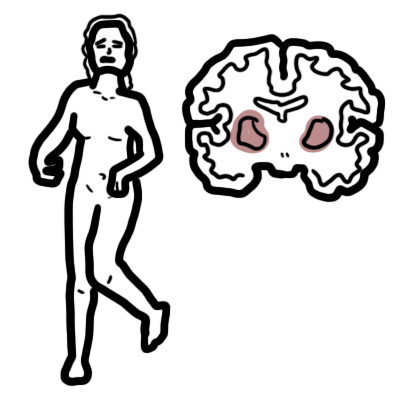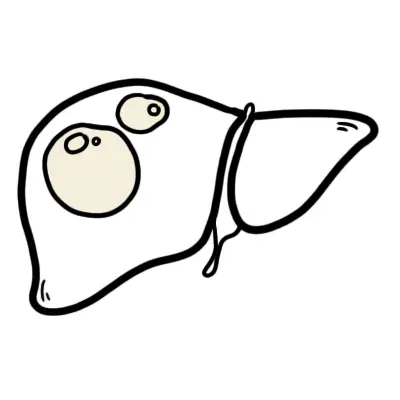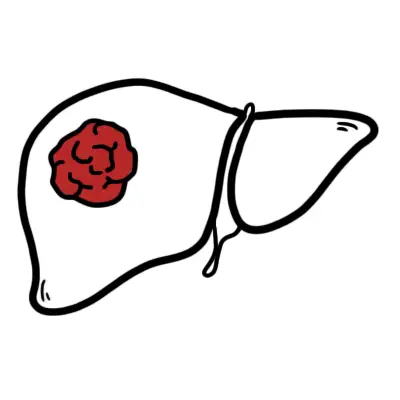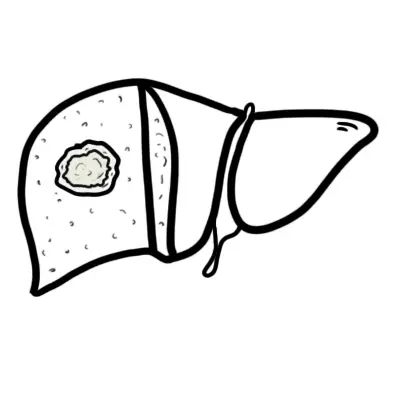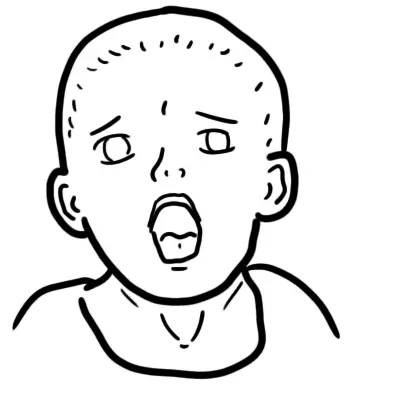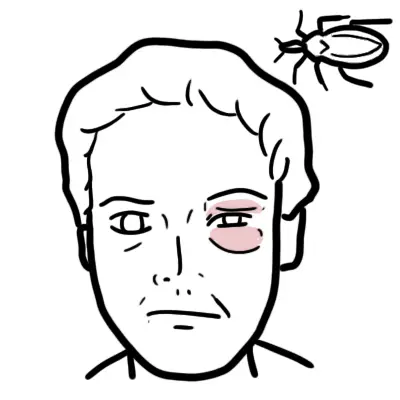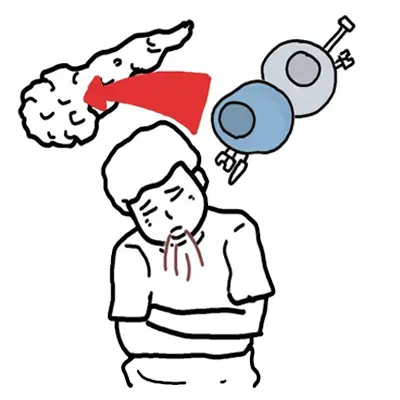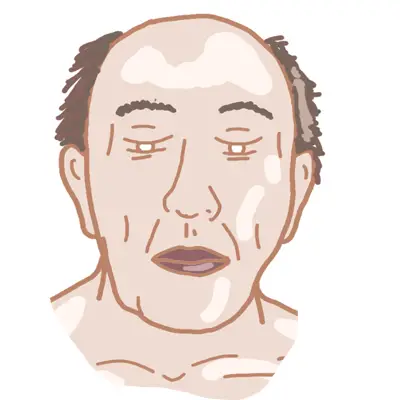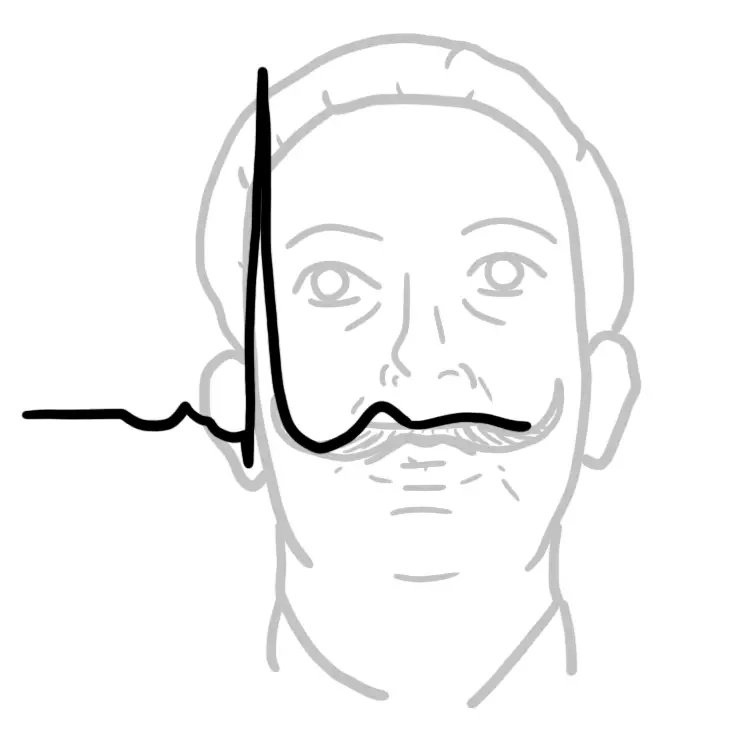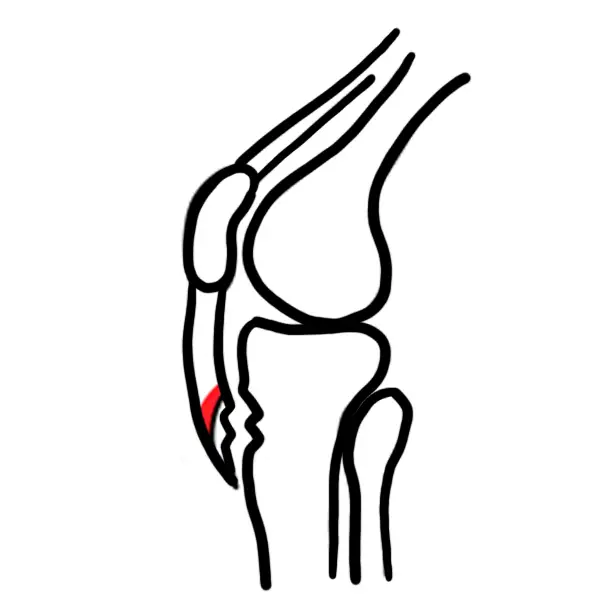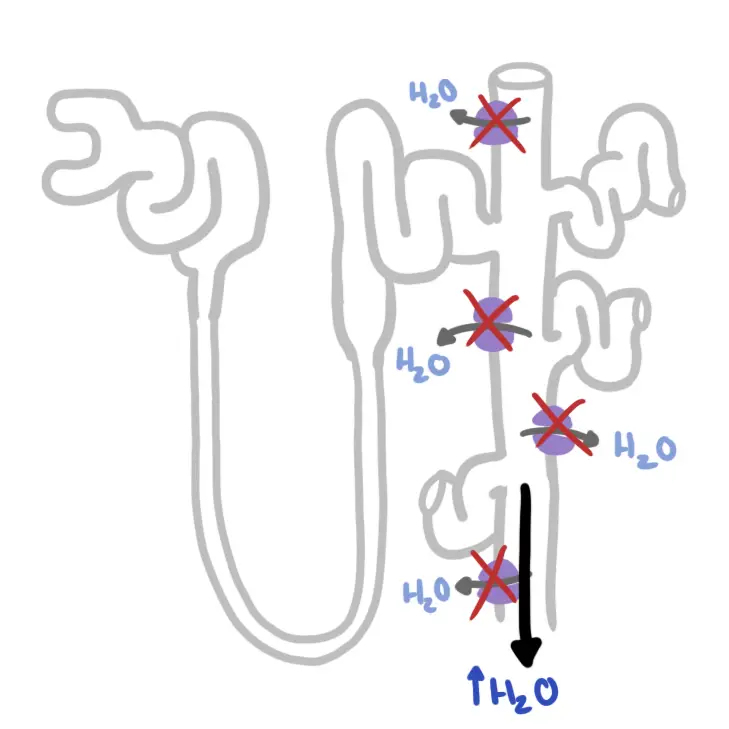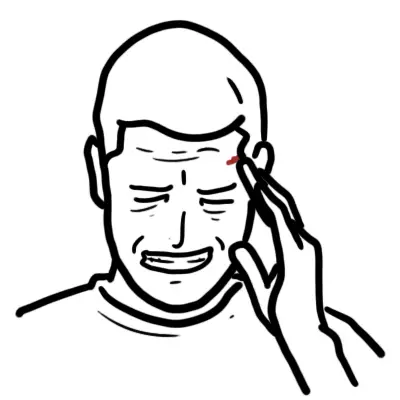Overview
Overview Third most common cause of death worldwide and most common cause of neurological disability. It is subdivided into ischaemic stroke (caused by vascular occlusion or stenosis) and haemorrhagic stroke (caused by vascular rupture, resulting in intra-parenchymal and/or subarachnoid haemorrhage).
| Defintion Stroke: Acute onset of a focal neurologic deficit due to a cerebral infarction or hemorrhage. Transient Ischaemic Attack (TIA): Transient episode of neurological dysfunction caused by focal brain or retinal ischaemia, without infarction. When there is evidence of brain infarction, the episode is considered to be a mild stroke (if symptoms are minor or disappear). Amaurosis Fugax: Transient monocular blindness that often is described as a gray shade being pulled down over the eye caused by ischemia to the retinal artery. |
Risk Factors
Non-Modiafiable Risk Factors
- Age
- Family history
- Diabetes mellitus
- Chronic kidney disease
- Sleep apnea
- Infective endocarditis
Modifiable risk factors
- Hypertension
- Atrial fibrillation
- Smoking
- Symptomatic carotid artery disease
- Sickle cell disease
- Physical inactivity
- Regular consumption of sweetened beverages
- Low daily consumption of fish, fruits, or vegetables
In Women
- Oral contraceptives
- Migraine with aura
- Immediate postpartum period
- Pre-eclampsia
| Remember The highest- risk patients for stroke are those with previous ischemic events such as TIA |
Classification
Types of stroke
- Ischaemic
- Large vessels disease
- Embolism
- Small vessels (lacunar)
- Uncertain
- Rare - dissection, venus infarction
- Haemorrhage
- Primary intracerebral haemorrhage
- Subarachnoid haemorrhage
| Anatomical classification - Oxford territorial classification |
| Total anterior circulation infarct |
| Partial anterior circulation infarct |
| Posterior circulation infarct |
| Lacunar infarct |
| Pathophysiological classification - TOAST |
| Large-artery atherosclerosis (embolus/thrombosis) |
Cardioembolism (high-risk/medium-risk)
|
| Small-vessel occlusion (lacune) |
Stroke of determined aetiology
|
| Stroke of undertermined aetiology |
| Think cardioembolism can cause multiple infarcts, often in different vascular territories. Whereas large artery atherosclerosis is a single area of infarct. |
Anatomy and Phsyiology
Cerebral anatomy and blood supply
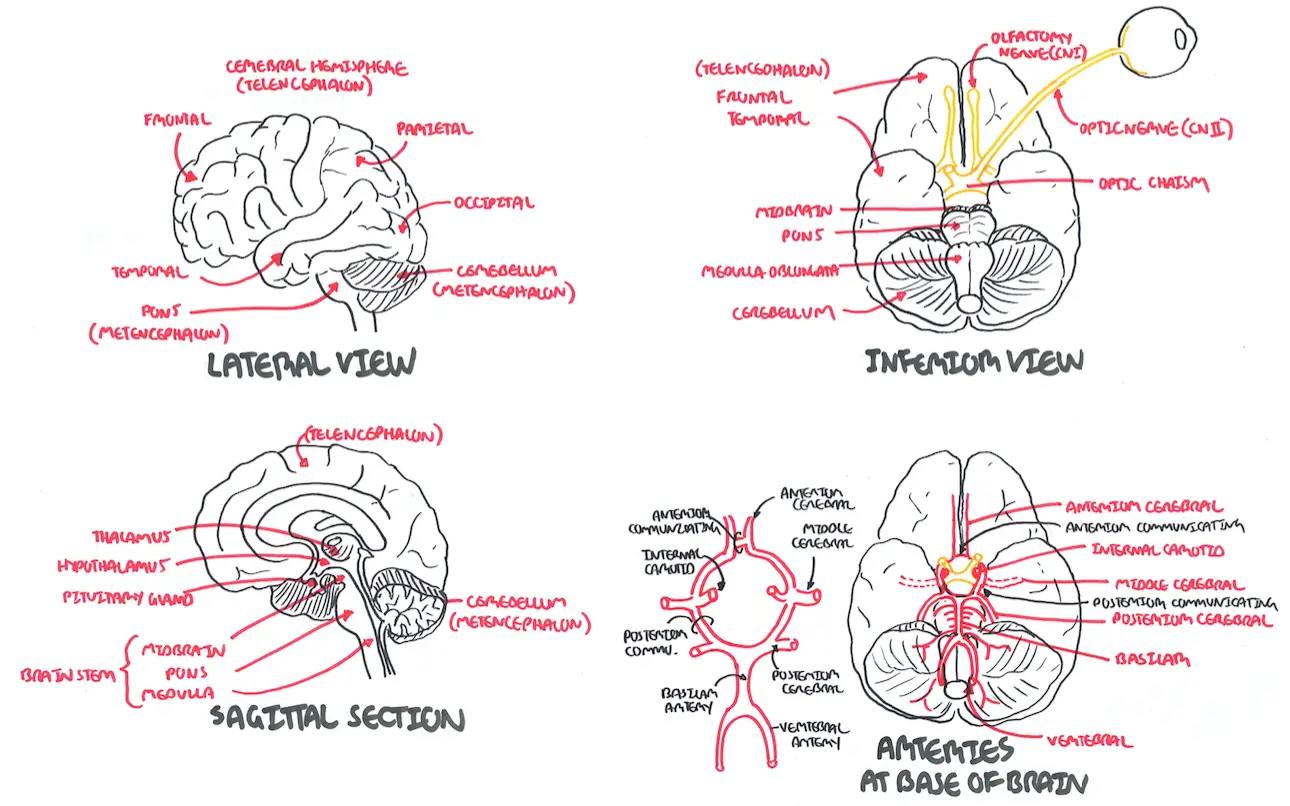
| Watch Anatomy - Cerebral anatomy and blood supply (Circle of Willis) |
Sensory Pathways

Motor Pathways
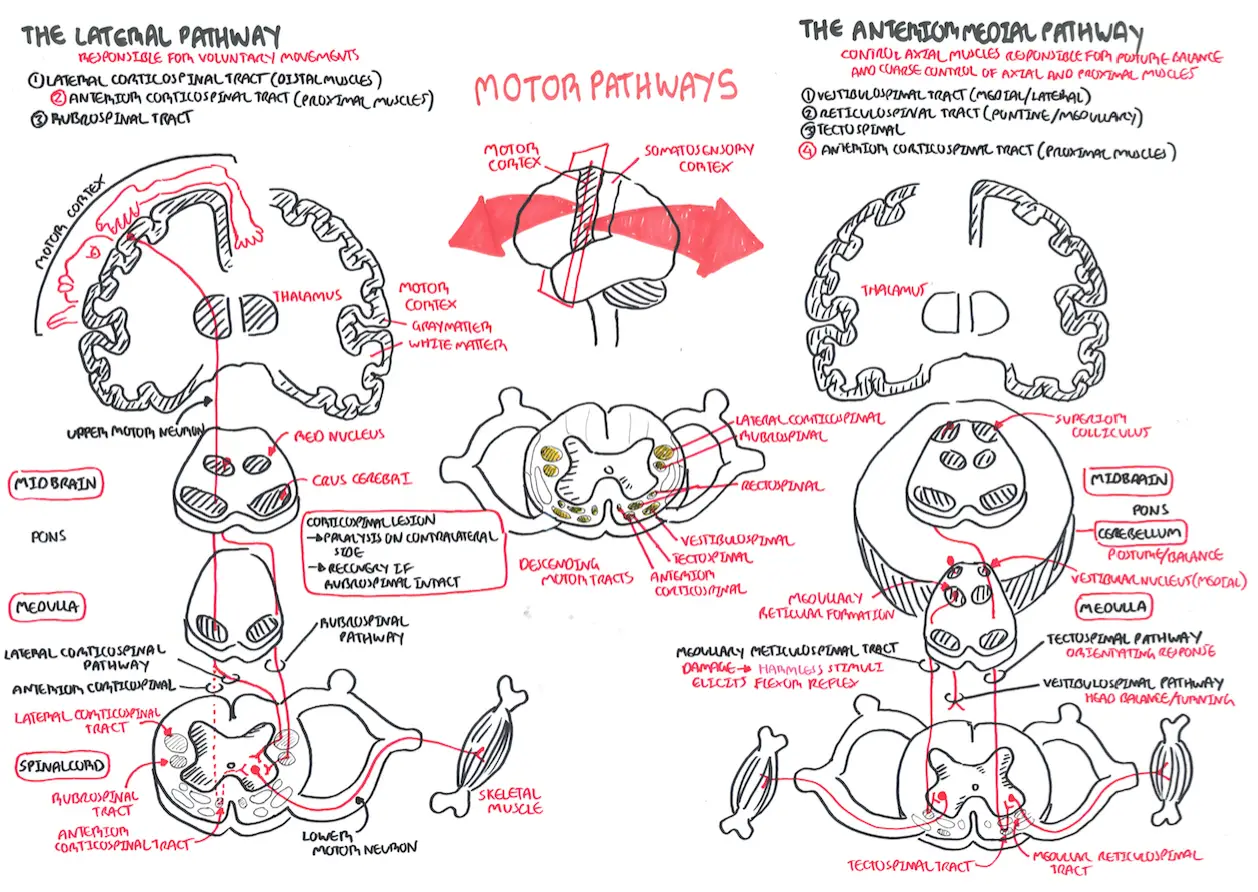
| Watch Motor Pathway |
Signs and Symptoms
| Rememeber FAST - acute signs and symptoms of stroke Face: unilateral drooping Arms: these may feel weak and numb. Patient may not be able to lift them Speech: slurring of speech Time: time for emergency medical attention |
Symptoms
- Acute onset
- Arm weakness
- Leg weakness
- Self-reported speech disturbance
- Facial weakness
- Arm paresthesia
- Leg paresthesia
- Headache
- Nonorthostatic dizziness
Signs
- Arm paresis
- Leg paresis
- Dysphasia or dysarthria
- Hemiparetic/ataxic gait
- Facial paresis
- Eye movement abnormality
- Visual field defect
Clinical Presentation based on location of "stroke" using the Anatomical classification - Oxford territorial classification:
- Anterior circulation infarct
- Posterior circulation infarct
- Lacunar infarct
| Anterior circulation (carotid territory) |
| Amaurosis fugax/retinal infarction. |
| Hemiparesis |
| Hemisensory loss |
| Hemianopia (optic tract and radiation) |
| Dysphasia |
| Sensory inattention |
| Visual inattention |
| Posterior circulation (vertebrobasilar) |
| Ataxia |
Cranial nerve involvement:
|
| Hemiparesis (may be bilateral) |
| Hemisensory loss (may be bilateral) |
| Hemianopia (occipital lobe) |
| Cortical blindness—basilar artery occlusion |
| Lacunar |
| Pure motor strokes (face, arm, and leg) in the posterior limb of internal capsule |
| Pure sensory stroke (thalamus) |
| Ataxic hemiparesis (weakness and ataxia affecting the same side) due to a pontine lesion |
| Clumsy hand/dysarthria due to a lesion in the pons or in its internal capsule. |
Investigations
Imaging
- CT brain non-contrast to rule out haemorrhagic stroke
- CT show 50% of lesions only however is most available and is fast
- CT angiogram from aorta to circle of willis (COW)
- MRI Brain
Infarcts best detected by MRI (but not in first few hours) > CT
| Remember Imaging should be performed within 24 hours to exclude haemorrhagic stroke and other causes, e.g. tumours. |
General
- FBC
- ESR
- Ca2+ (hypo- or hypercalcaemia may be a cause of focal deficit).
- EUC
- LFT
- Glucose
- Thyroid function test
- Lipid Profile
- Coagulation profile
Other blood investigations to consider
- Thrombophilia screen
- Protein C, S, and antithrombin III defects
- Factor V Leiden mutation
- Antiphospholipid antibody
- Lactate
- Cardiac enzymes
Other investigation
- Urine analysis - diabetes, haematuria in BE or vasculitis, toxicology screen
- ECG - AF, MI
- Echocardiogram and TOE.
Differential Diagnosis
| CONDITION | CLINICAL MANIFESTATION |
| Brain tumor | Severe unilateral headache with nausea and vomiting |
| Central nervous system infection (e.g., meningitis, encephalitis) | Fever, headache, confusion, neck stiffness, nausea, vomiting, photophobia, change in mental status |
| Falls/trauma | Headache, confusion, bruising |
| Hypoglycemia | Confusion, weakness, diaphoresis |
| Migraines | Severe headaches with or without photophobia, younger age |
| Multiple sclerosis | Diplopia, limb weakness, paresthesia, urinary retention, optic neuritis |
| Seizure | Confusion with or without loss of consciousness, urinary incontinence, tongue biting, tonic-clonic movements |
| Subarachnoid hemorrhage | Severe headache with sudden onset and photophobia |
| Vertigo (central or peripheral) | Generalized dizziness and diaphoresis with or without hearing loss |
| Remember TIA is more likely with sudden onset, unilateral paresis, speech disturbance, or transient monocular blindness. |
Aetiology
- Ischaemic stroke (80%)
- Cerebral haemorrhage
- Subarachnoid haemorrhage
Management
The development of an acute stroke or transient ischaemic attack is a medical emergency.
| INDICATION FOR CT/MRI |
| Patient on anticoagulants or with abnormal coagulation |
| Plan to give thrombolysis or immediate anticoagulants |
| Deteriorating conscious level or rapidly progressing deficits |
| Suspected cerebellar haematoma, to exclude hydrocephalus |
General management
- CT - to rule out Haemorrhagic cause
- Admission to stroke unit
| Remember Urgent brain imaging is required. Computerised tomography (CT) can help to exclude a stroke mimic and to differentiate haemorrhagic to ichaemic stroke |
Acute ischaemic stroke
- Thrombolysis - alteplase (within 4.5 hours. >4.5 hours is not recommended)
- If thrombolysis is not possible then antithrombotic therapy should be commenced
- Antiplatelet drugs
- Contraindicated in haemorrhagic stroke (CT)
- Within 48 hours reduces mortality and recurrent stroke
- Surgery
- Neurosurgical hemicraniectomy - if cerebral oedema (cerebral oedema has 80% mortality)
| Pharmacology Alteplase is a recombinant tissue plasminogen activator |
- Education and rehabilitation
- Antiplatelet therapy - aspirin + dipyridamole
- Anticoagulant - warfarin if has Atrial fibrillation
- Treat hypertension
- Treat dyslipidaemia with statin
- Treat Diabetes mellitus
- Treat Atrial fibrillation
- Smoking cessation
- Alcohol cessation
- Weight loss
- Increase physical activity
- Hormone Replacement Therapy should be stopped
- Carotid endarterectomy or stenting
| Side note Eligible stable patients should undergo carotid endarterectomy as soon as possible after the stroke event (ideally within two weeks). |
Acute Haemorrhagic Stroke
- Brain imaging with CT
- Neurosurgical and neurocritical care evaluation
- ICU admission
- Supportive care - airway protection, aspiration protection
- DVT/PE prophylaxis
- Anti-pyretic measures - Fever has been associated with worse outcome after intracranial haemorrhage, and hypothermia is neuroprotective in animal models.
| Remember Some patients with an intracerebral haemorrhage will be on warfarin therapy. Warfarin therapy must be urgently reversed with a combination of prothrombin complex concentrate, fresh frozen plasma and vitamin K. |
Complications and Prognosis
Complications
- Depression
- DVT
- Seizure
- Brain oedema → ↑Intracranial pressure
- Aspiration pneumonia
- Infection
- Delirium
Prognosis Ischaemic Stroke
- Mortality following ischaemic stroke is 8% to 12%.
- Long-term significant disability, sufficient to impair or prevent return to work, is seen in another 15% to 30%
- Advanced age, female sex, and medical comorbidities have also been associated with worse outcomes
Prognosis Haemorrhagic Stroke
- Mortality is significantly higher than for ischaemic stroke, in the range of 35% to 40%
- Haemorrhage volume is the strongest predictor of outcome.



